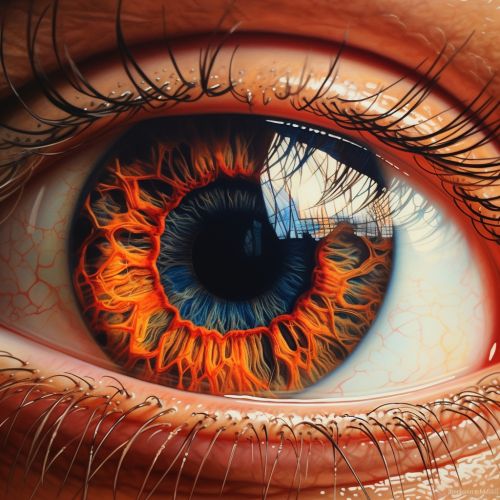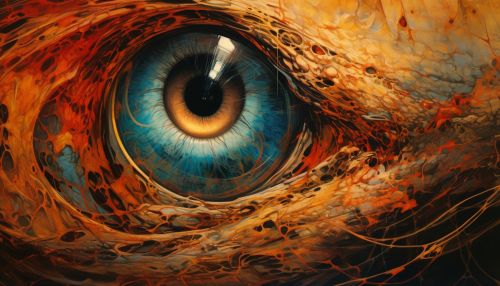Choroid
Anatomy
The choroid, also known as the choroidea or choroid coat, is a part of the eye that contains connective tissue and lies between the retina and the sclera.


The choroid is rich in blood vessels and supplies nutrients to the outer layers of the retina. It is composed of five layers: the Bruch's membrane, the choriocapillaris, the Sattler's layer, the Haller's layer, and the suprachoroid lamina.
Function
The primary function of the choroid is to provide nourishment to the outer layers of the retina through its rich supply of blood vessels. It also plays a role in temperature regulation and volume buffering for the eye.
Clinical significance
The choroid can be affected by various diseases and conditions, such as choroiditis, choroidal neovascularization, and choroidal melanoma. These conditions can lead to vision loss if not properly treated.
